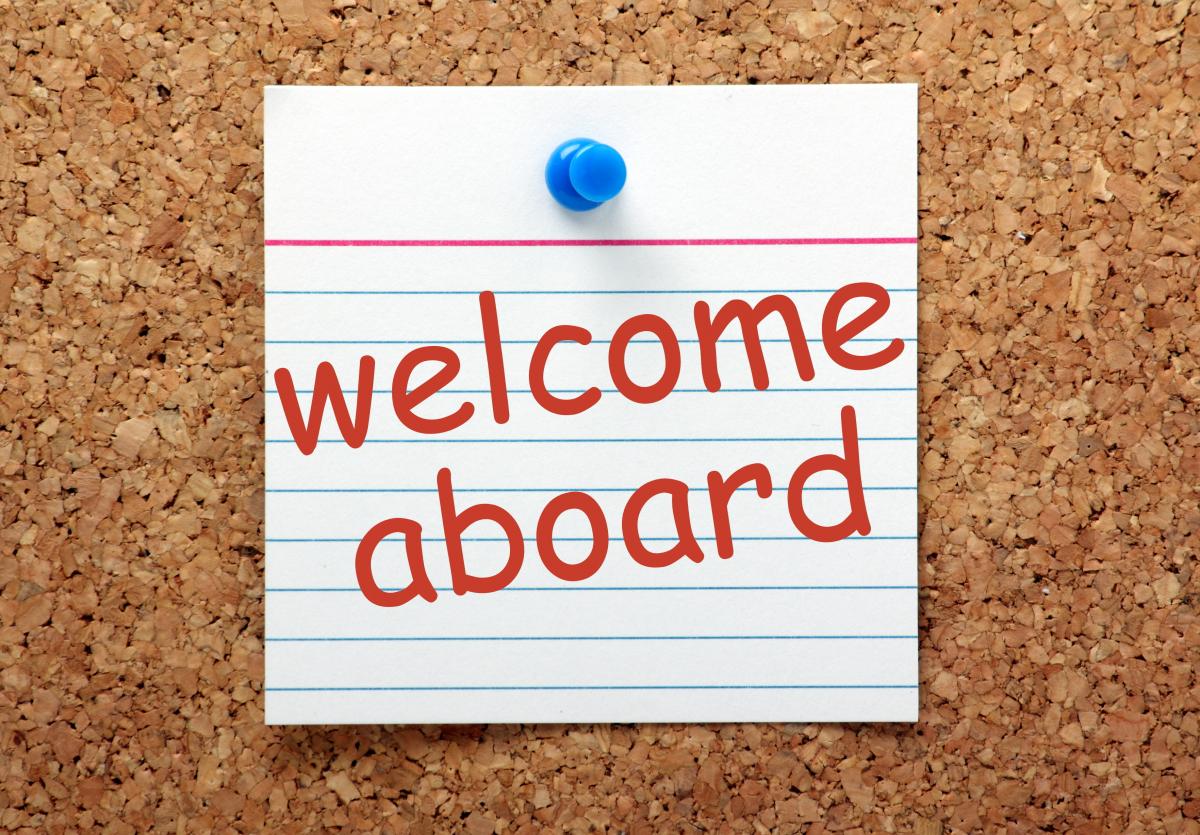
The Underused Onboarding Strategy for Turning New Hires Into Raving Fans of Your Organization
When new hires join your organization, consciously or not, they are asking themselves, “Did I make the good decision?”
A great (and underused) way to convince them that they made a great decision is to make talent development a key component of a strategic, structured onboarding program.
Why?
Workers place an extraordinary high value on talent development. Almost universally (94%), employees say they would stay at a company longer if it invested in their careers, LinkedIn’s 2018 Workforce Learning Report found. Plus, according to Gallup, 87% of millennials—the largest generation group in the workforce—say that professional training and career growth is very important to them.
HR influencer Meghan M. Biro writes, “Development is no longer an optional perk or reserved for only certain positions. It’s expected by today’s talent. It signals that the employer values their people and are actively interested in their success — not just on the job, but over the long haul.”
Imagine how thrilled new hires will be when you prioritize talent development from Day 1 of their time with your organization! By doing so, you communicate to them that you greatly value them and want to help advance their career. And your new hires—especially those who left their previous organization because they felt their career growth wasn’t valued—will hear the message loud and clear, and see that your organization is not “just another employer.”
The onboarding experience you provide is likely to contrast positively with new hires’ previous experiences. According to a 2017 CareerBuilder survey, 36 percent of employers don’t even have a structured onboarding process. Meanwhile, Gallup finds that just 12 percent of employees strongly agree that their organization does a great job of onboarding new hires.
In other words, providing a great onboarding experience that features talent development can be a major difference-maker. Associated benefits include improved employee engagement, performance, productivity, retention, and, as we will discuss more, even better recruiting.
How do you start talent development from Day 1? The key components include:
- During the talent selection phase, identify candidates’ developmental needs. Many organizations use formal assessment tools during interviewing to pinpoint specific development areas, whereas others rely on their experience and interview skills to detect this information. Either method can be effective.
- Have conversations with new hires about your developmental plans for them— how and where they might progress in your organization should be covered. Also, share the developmental needs uncovered during the talent selection phase with the new employees, and have them validate them to ensure you have their buy-in to have some of these gaps addressed in the onboarding plan.
- Managers should include the developmental objectives in onboarding. By doing so, the managers show the new hires that they are aware of these needs and are interested in helping new employees develop the skills that are necessary for future roles. For example, an onboarding plan for a new leader might include a developmental objective to increase business acumen and understanding of the competitive landscape.
By creating specific development objectives and tangible development goals, you will demonstrate to your new hires that when you emphasized talent development during your communications with them, it wasn’t just lip service. The new hires will communicate the same message to their networks, which will help to fill your pipeline with top talent. These new hires will become the raving fans that you want to have representing you.
Important: Continue promoting talent development throughout employees’ time with your organization. A great next step is to strategize some early wins for new hires, especially new managers and leaders. Read our blog post, “The Magic of Strategic Early Wins for New Leaders and Managers,” to learn how.
